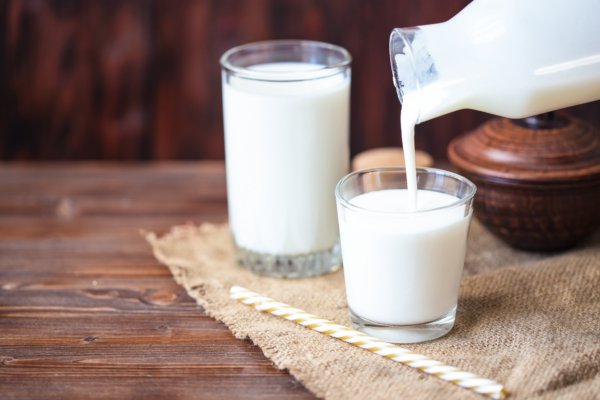Australian researchers have developed a new technology that uses the built-in vibration motor of smartphones to detect whether milk has spoiled without opening the packaging. This innovation aims to reduce food waste by preventing people from discarding milk that may still be safe for consumption but is suspected to have gone bad.
The University of New South Wales in Australia announced the development of a technology called VibMilk, which utilizes the vibration motor and inertial measurement unit (IMU) of a smartphone to assess the freshness of milk without the need to open or unseal the packaging.
According to the Food and Agriculture Organization of the United Nations, about 20% of dairy products worldwide are wasted annually, with a significant portion being milk. Additionally, many foodborne illnesses are linked to consuming spoiled dairy products.
VibMilk leverages devices that many people already own to instantly check if milk is safe to drink, potentially reducing food wastage and enhancing food safety.
The researchers explain that while the traditional way to determine milk spoilage is through smelling or tasting it, doing so by opening the packaging exposes it to bacteria, accelerating the decay process. In contrast, VibMilk is non-invasive, allowing users to assess milk freshness without compromising the seal.
VibMilk isn’t the first non-invasive method for assessing milk freshness, but previous techniques required specialized and expensive equipment or custom cups and were often limited to semi-transparent or transparent containers, hindering widespread adoption.
Milk spoils due to bacterial growth, which leads to an increase in lactic acid levels and a decrease in glucose levels. The transformation of milk from a colloid to a mixture of curd, whey, and water affects its density, viscosity, and surface tension, resulting in different reactions to vibration signals.
By utilizing the vibration motor and IMU in smartphones, along with machine learning algorithms, VibMilk analyzes milk changes under 23 different pH values.
Tests conducted on four common smartphones showed that VibMilk predicted the pH value of milk with an average accuracy of 98.35% and achieved a 100% accuracy rate in determining milk freshness.
As for why the expiration or best-by dates on milk packaging are considered “for reference only,” researchers explain that manufacturers make assumptions based on worst-case scenarios regarding factors like temperature and storage time to establish these dates. If kept under proper conditions, such as temperature, milk can still be safely consumed a few days after these dates.
Professor Wen Hu from the School of Computer Science and Engineering at the university emphasized the importance of consumers testing food freshness around these dates to prevent unnecessary waste, especially crucial in areas facing food shortages. The team’s future goal is to collaborate with charities to promote this technology in regions where there is insufficient food availability, making it highly beneficial.
Furthermore, the research team is working with a local milk manufacturer to find an effective and reliable method for quality testing thousands of bottles of milk during the production process.

